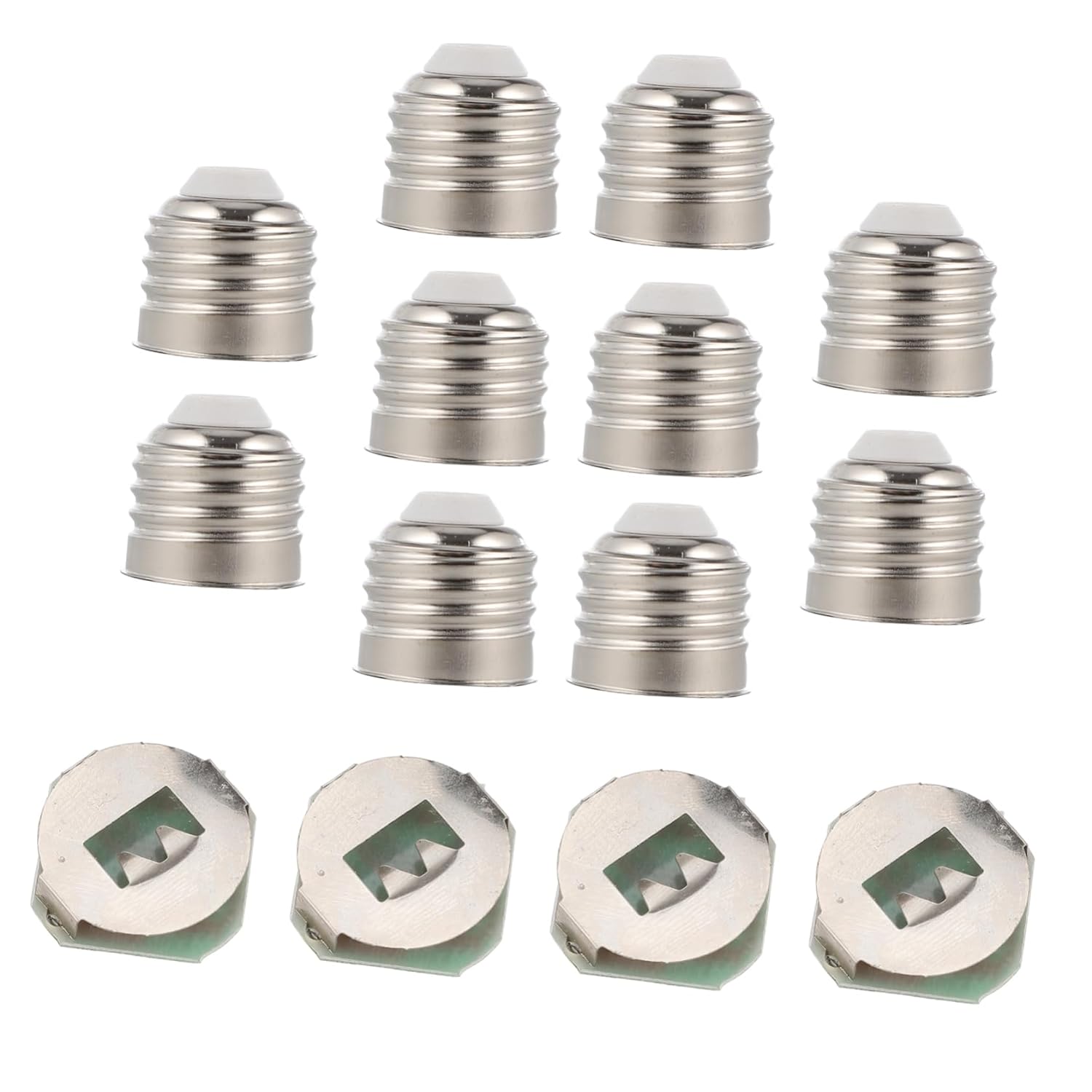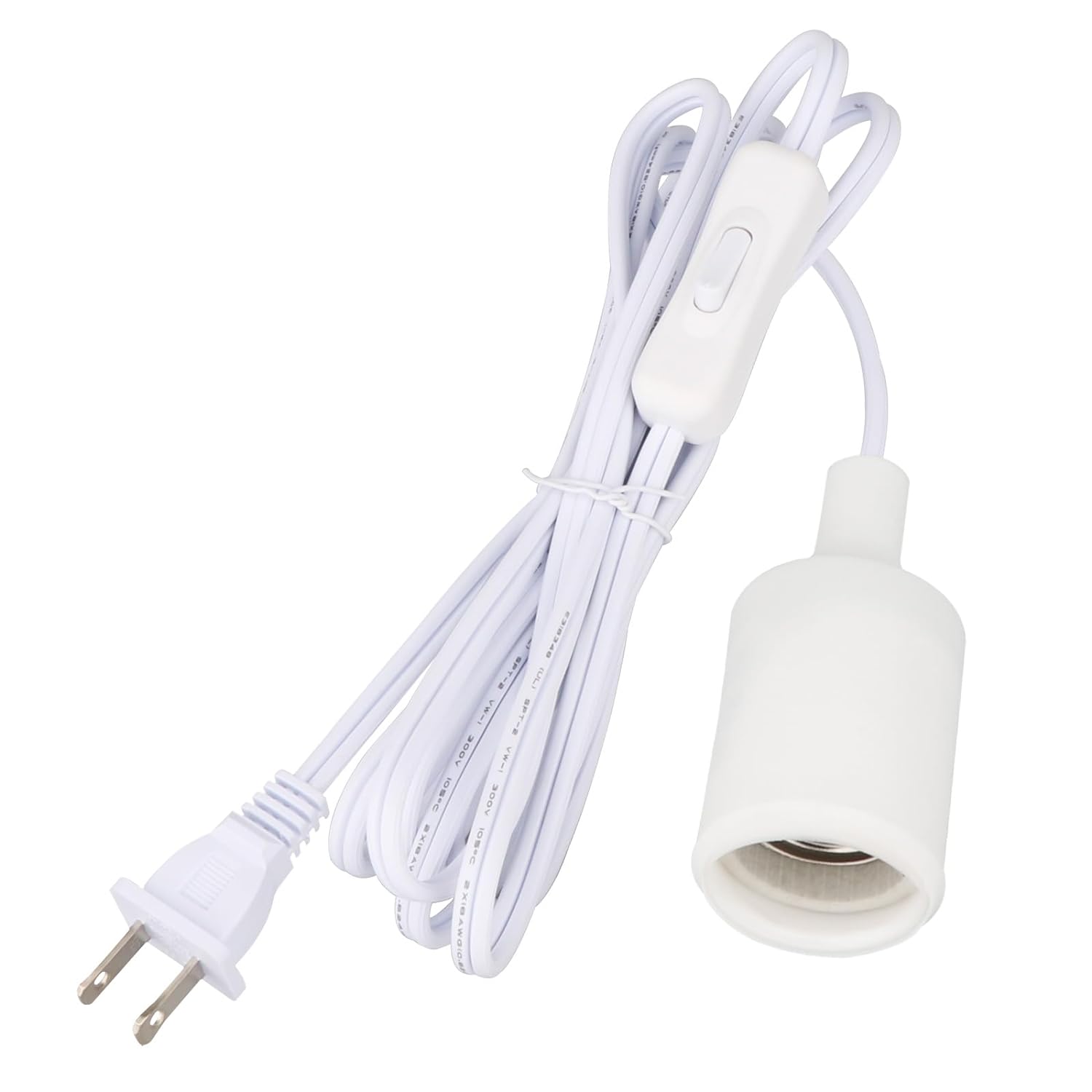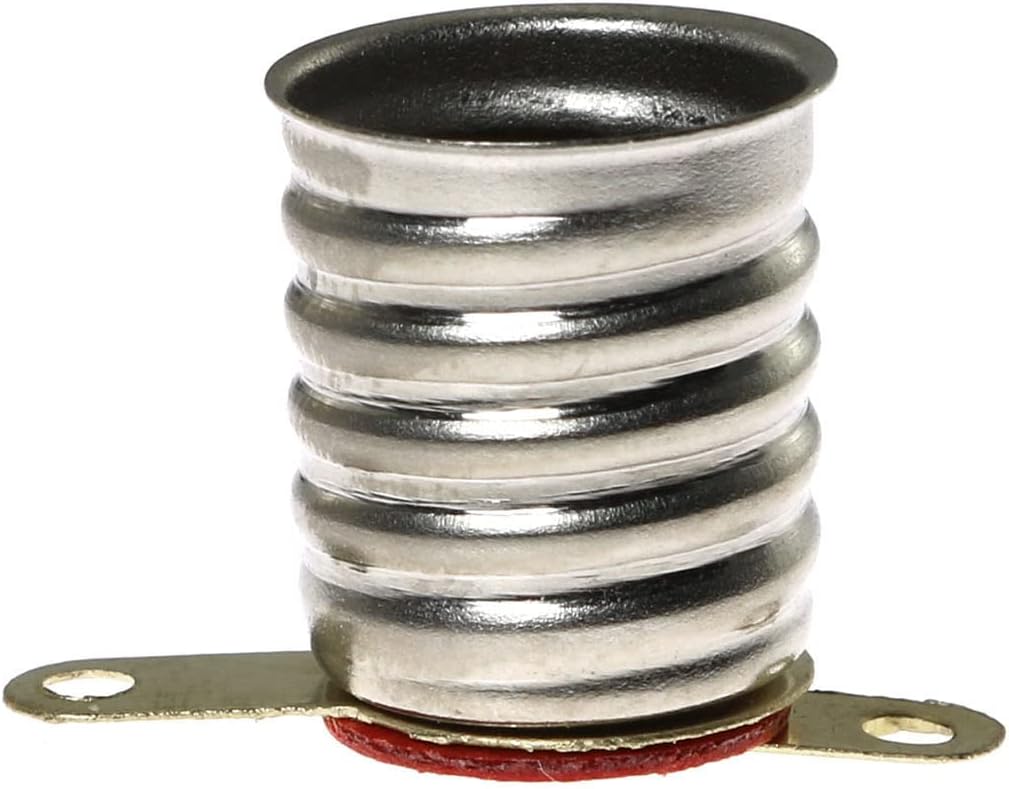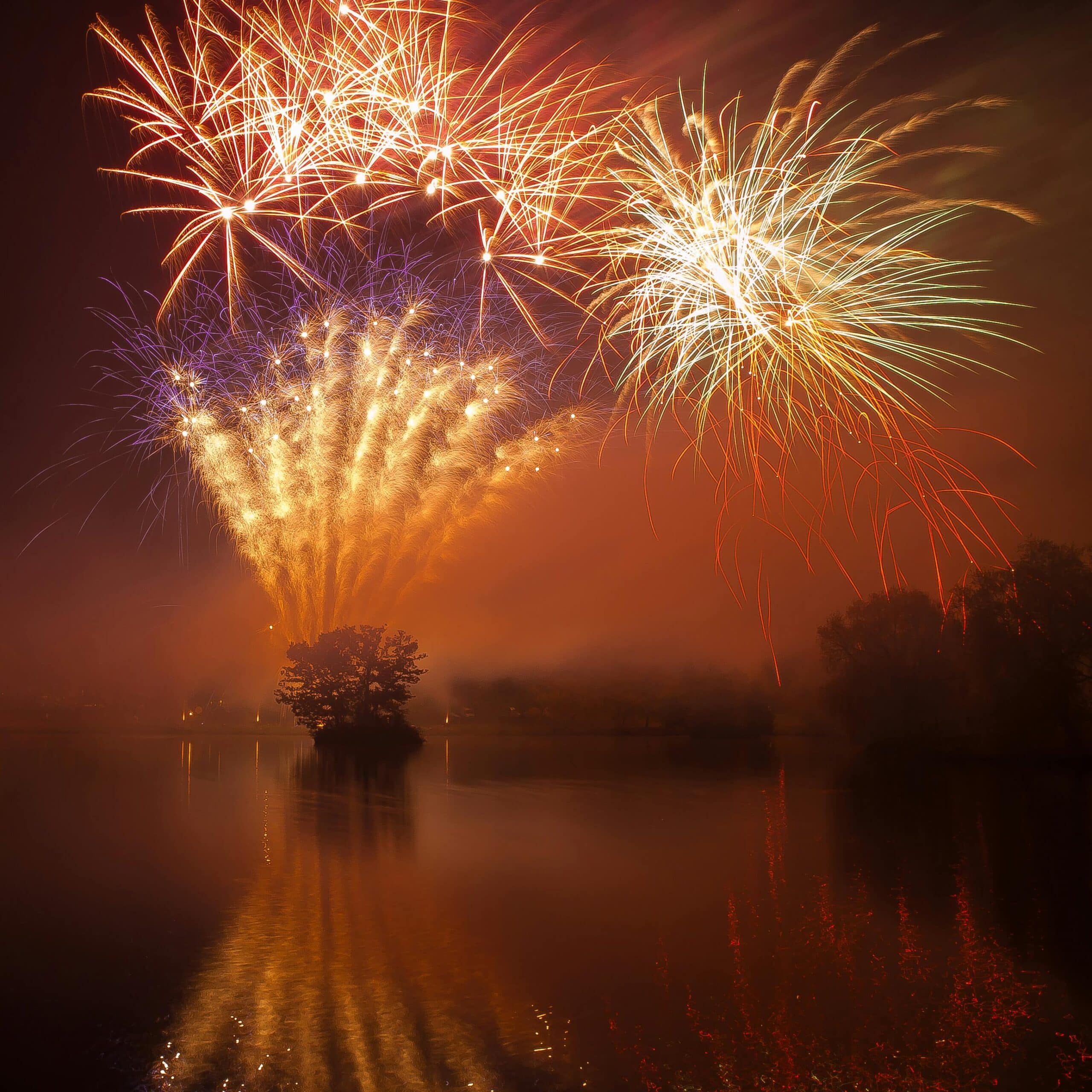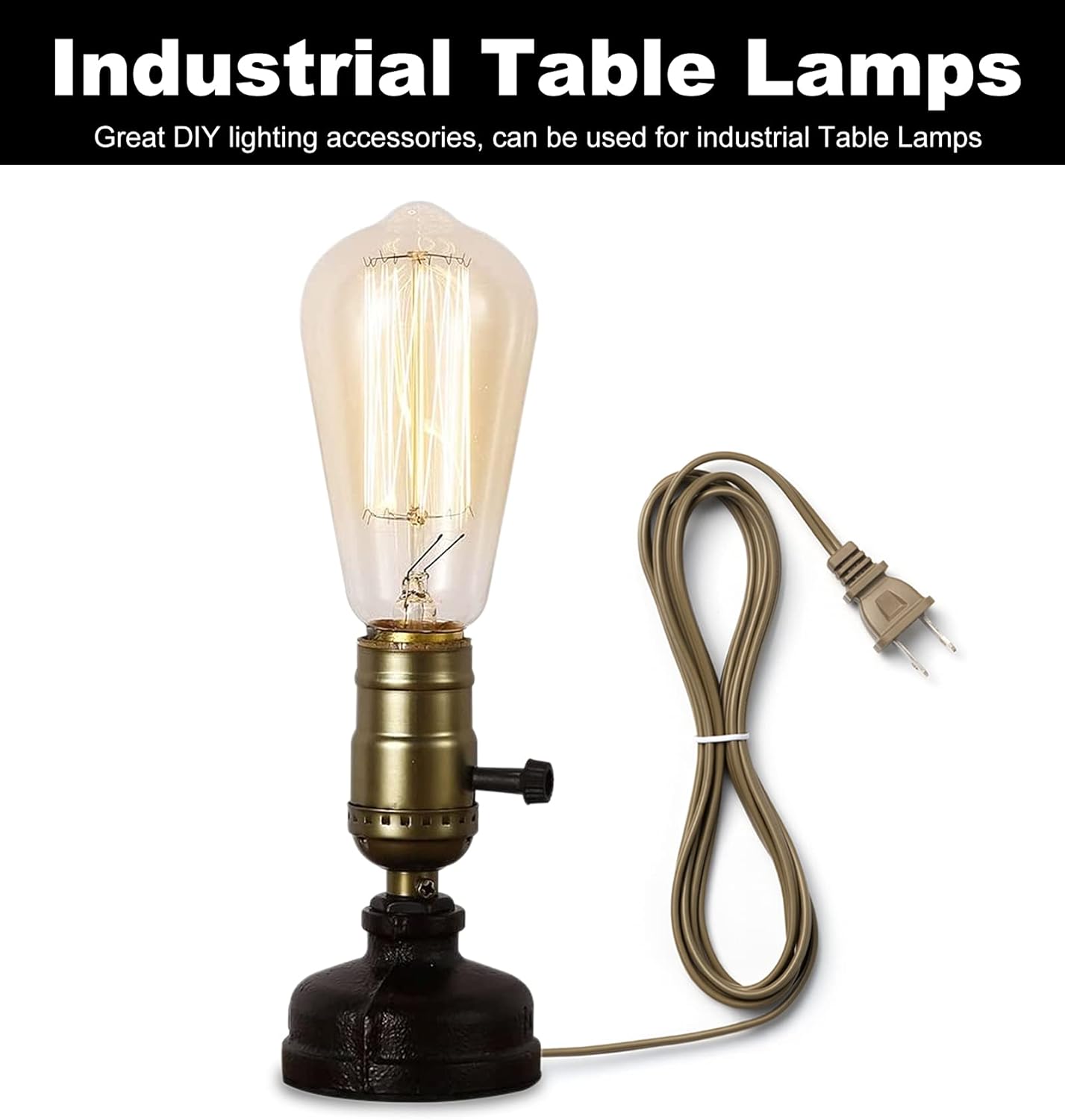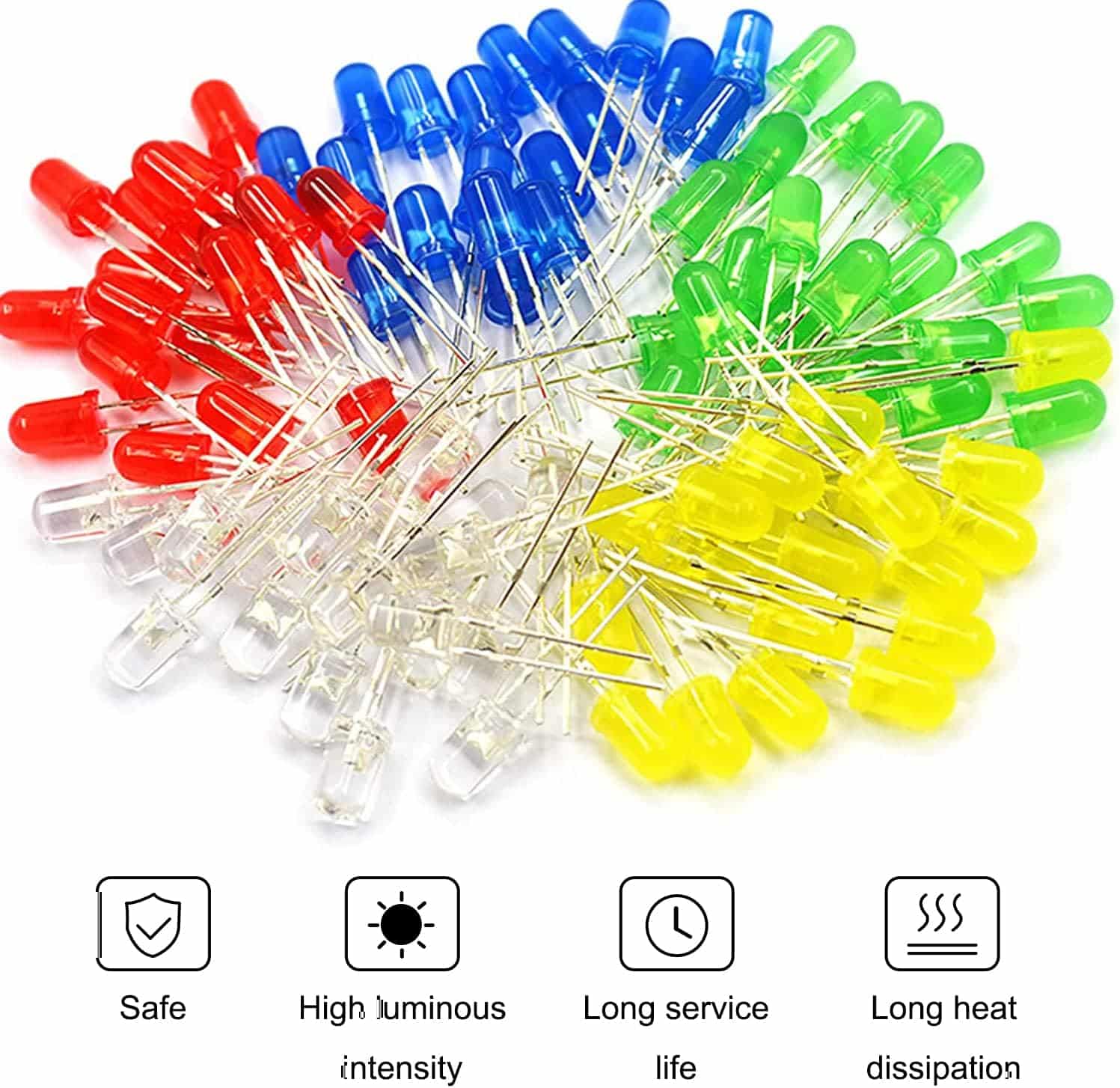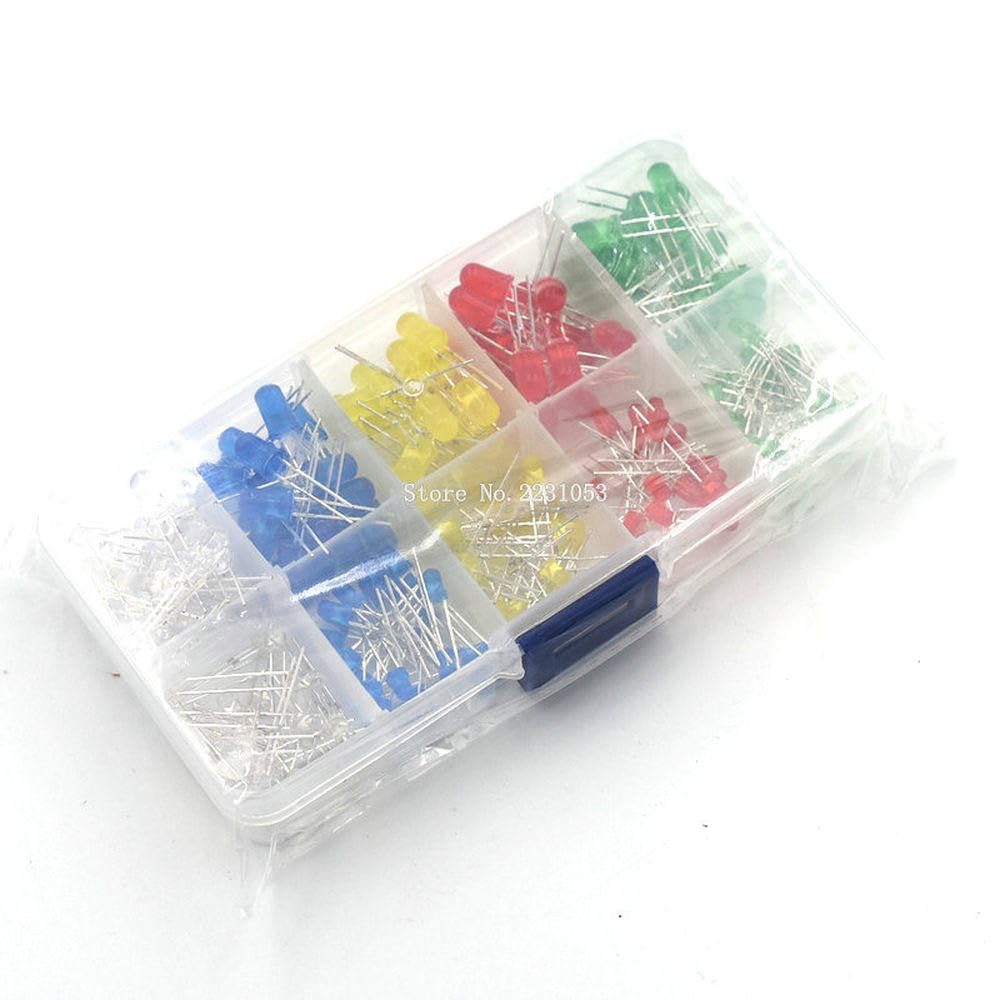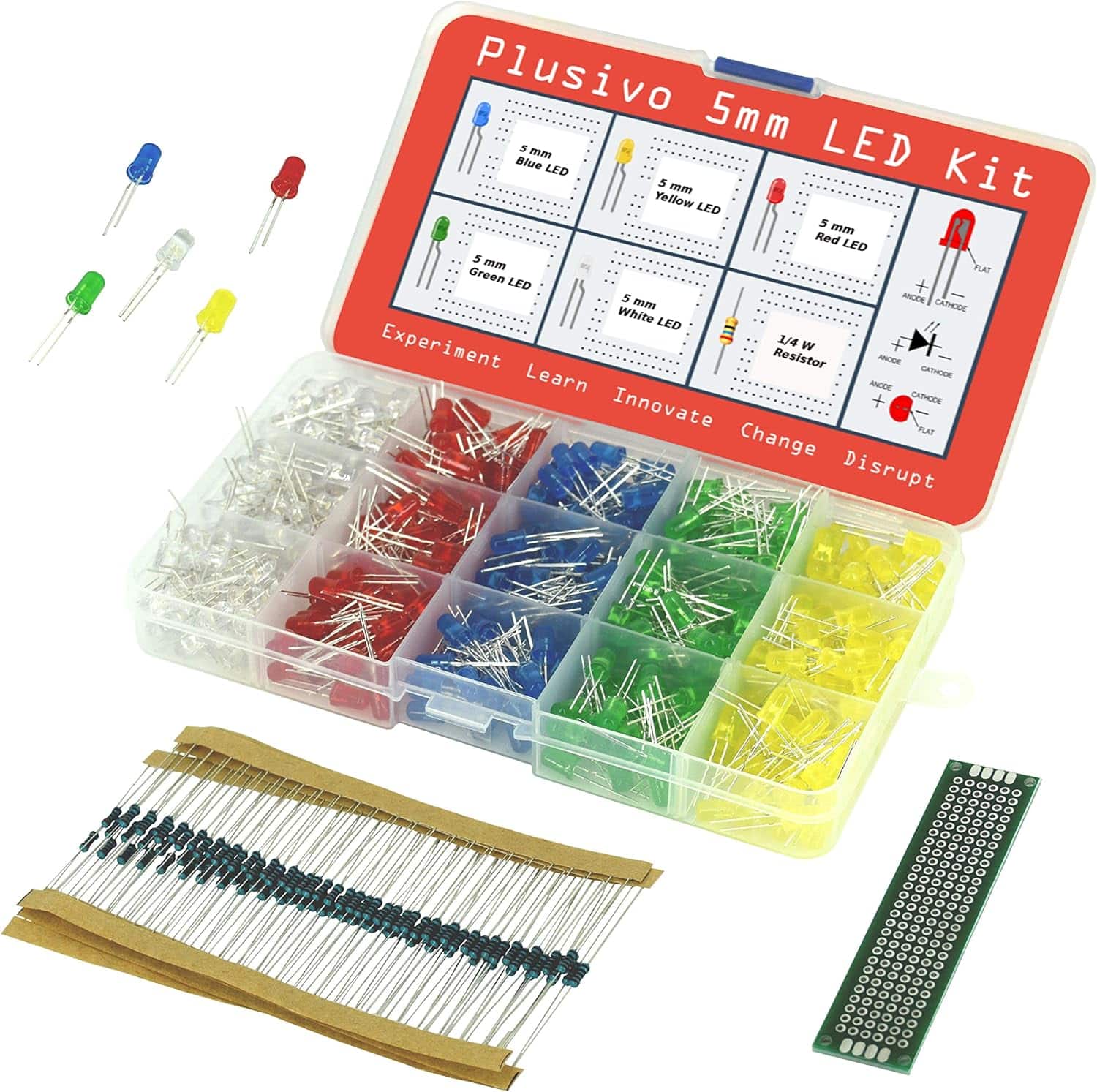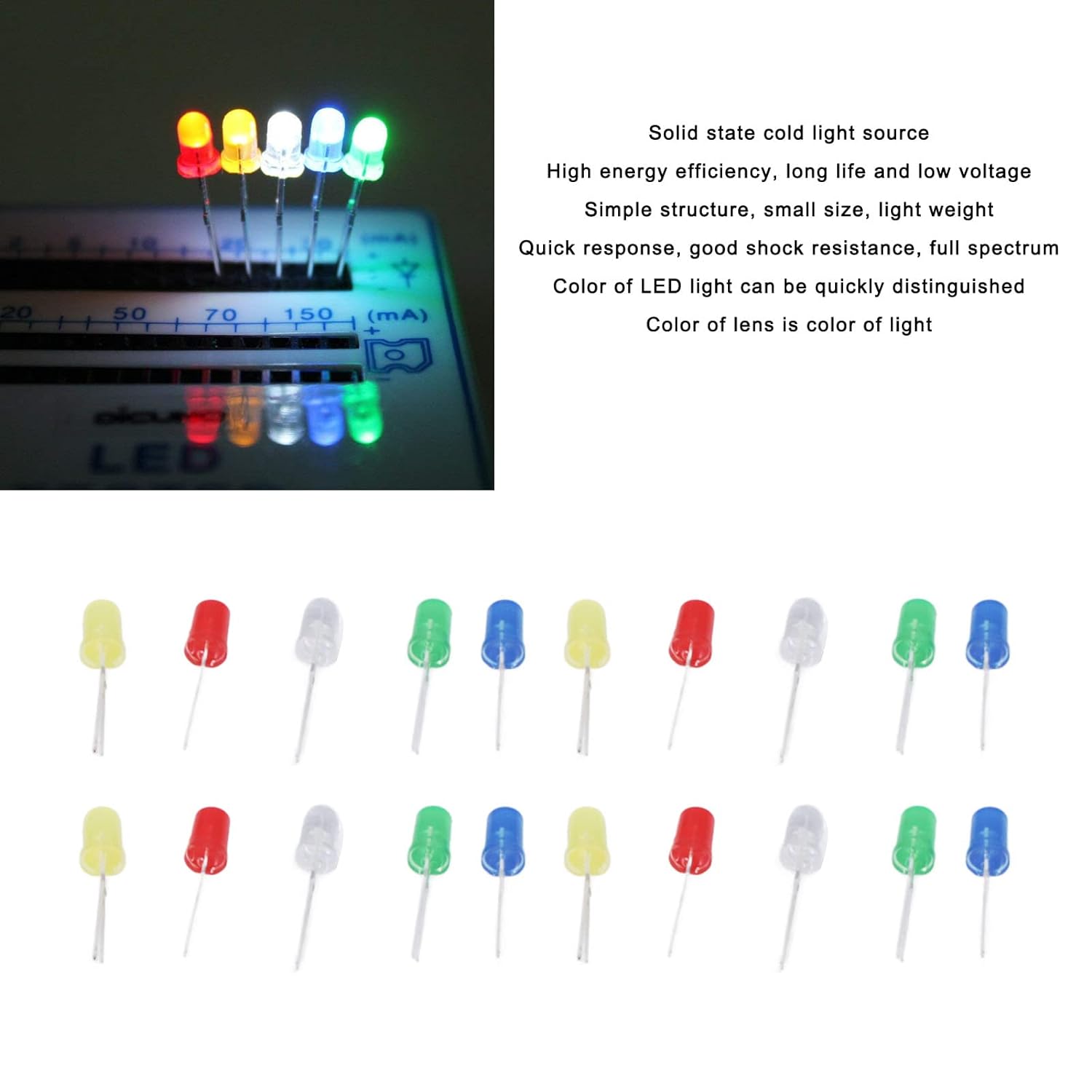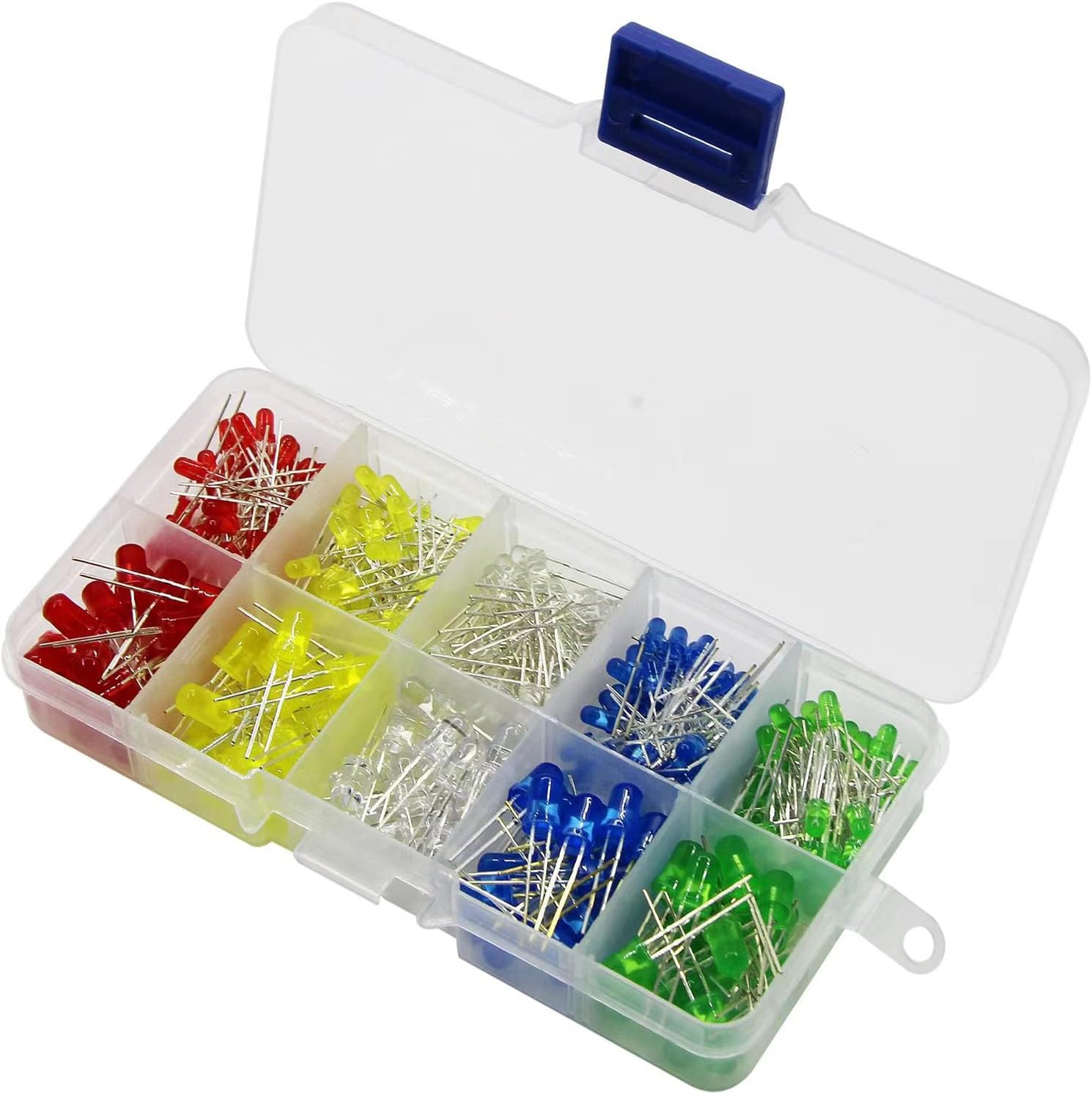In this step-by-step guide, I will show you how to create different lighting effects with decorative LED lights. Whether you want to add a touch of ambiance to your living space or create a cozy atmosphere for a special occasion, this guide is here to help you achieve stunning lighting effects with ease.
By following these simple steps, you will be able to transform any room into a mesmerizing paradise of light and color. From twinkling fairy lights to vibrant color-changing LED strips, you’ll learn the secrets to creating unique lighting effects that will surely impress your friends and family.
So, grab your LED lights and get ready to unleash your creativity. Let’s dive into the world of decorative LED lighting and bring a delightful glow to your surroundings.
Illuminate your space with our top picks



Choosing the right LED lights
Selecting the appropriate LED lights is crucial for achieving different lighting effects. To create the desired ambiance, consider factors such as color temperature, brightness, and type of LED lights. For instance, if you want to achieve a warm and cozy atmosphere, choose LED lights with a color temperature of around 2700K. Additionally, if you need brighter lighting for task-oriented areas like kitchens or offices, opt for LED lights with higher brightness levels.



Planning the lighting layout
To plan the placement of LED lights for desired lighting effects, begin by considering the techniques of accent lighting, wall washing, or backlighting. Firstly, for accent lighting, position the lights to highlight specific objects or areas in your space. For wall washing, place the lights at a distance from the wall to create even illumination. Lastly, for backlighting, position the lights behind objects to create a glow effect. Remember to space the lights evenly and consider the height and angle for the desired effect.
Installing the LED lights
Here is a step-by-step guide to help you safely and correctly install LED lights:
- Assess the location: Decide where you want to install the LED lights and ensure it is suitable for mounting. Clean the surface thoroughly to promote better adhesive bonding.
- Measure and cut: Measure the length of the area where you will install the LED lights. Use a sharp pair of scissors or a utility knife to cut the LED light strip at the appropriate size. Be careful to cut only on the designated cutting lines.
- Prepare the power source: Locate a power source nearby and make sure it is turned off before proceeding. Strip the ends of the power wires that come with the LED light strip, exposing the copper wires.
- Connect the power source: Connect the positive (+) and negative (-) ends of the LED light strip to the respective wires of the power source. Twist the copper wires together and secure them with wire nuts or electrical tape. Make sure the connections are secure to avoid any potential electrical hazards.
- Mount the LED lights: Peel off the adhesive backing of the LED light strip and carefully press it onto the clean, dry surface. If necessary, use mounting clips or brackets to further secure the strip, especially on uneven or vertical surfaces.
Example: Measure the length of the area where you want to install the LED lights and cut the strip precisely along the designated cutting lines. Make sure to use a sharp pair of scissors or a utility knife.
Example: Connect the positive (+) and negative (-) ends of the LED light strip to the respective wires of the power source. Twist the exposed copper wires together and secure them with wire nuts or electrical tape for a secure connection.
By following these steps, you will be able to safely and correctly install LED lights. Remember to always exercise caution when working with electrical connections and equipment. Enjoy the enhanced lighting provided by your newly installed LEDs!



Choosing lighting controls
To choose the right lighting controls for LED lights, it’s important to understand the different types available and how they can help achieve specific lighting effects. Here are some key points to consider:
- Dimmers: Dimmers allow you to adjust the brightness of LED lights, helping create a desired ambiance and saving energy. Look for dimmers that are compatible with LED lights for best results.
- Occupancy Sensors: Occupancy sensors automatically detect motion in a room and turn the lights on or off accordingly. This is a great option for areas where lighting is needed only when someone is present, such as bathrooms or closets.
- Timers: Timers allow you to pre-set when your lights should turn on or off. This is useful for creating a consistent lighting schedule, enhancing security, or saving energy by automatically turning off lights when not needed.
- Smart Lighting Systems: Smart lighting systems enable you to control your LED lights wirelessly through an app on your smartphone or a smart home hub. They offer advanced features like color changing, scheduling, and integration with other smart devices.
When choosing lighting controls, consider the specific lighting effects you want to achieve, the level of convenience you desire, and your budget. Assess the compatibility of the controls with LED lights and ensure they meet your energy efficiency requirements.
Creating ambient lighting
To create ambient lighting effects with LED lights, there are several techniques you can use:
- Diffuse the light: Place the LED lights behind a diffuser, such as a frosted glass or plastic sheet, to soften the intensity and spread the light evenly across the room.
- Utilize multiple light sources: Instead of relying on a single LED light, use multiple lights positioned at different angles throughout the space. This will create a more immersive and multidimensional lighting effect.
- Incorporate color-changing features: Look for LED lights with color-changing features or use color filters to add variety and creativity to your ambient lighting. Experiment with different colors to set different moods or to enhance specific areas of the room.
Remember to play around with the placement of the lights, adjust their brightness, and combine different techniques to achieve the desired ambient lighting effect. Have fun and get creative with your LED lights to create a warm and inviting atmosphere in your space.
Achieving accent lighting
To achieve accent lighting using LED lights, follow these instructions:
- Spotlighting: Place a LED light directly in front of the object you want to highlight. Angle the light beam towards the object at a 30-45 degree angle for best results.
- Wall grazing: Position the LED lights close to the wall, aiming the beam parallel to the surface. This technique creates a beautiful wash of light, highlighting the texture of the wall.
- Positioning and angling: Experiment with different positions and angles to find the optimal effect. Play around with the distance between the light and the object to control the intensity of the light. Adjust the angle until you achieve the desired illumination and shadow play.
Remember to consider the color temperature of the LED lights as it can affect the ambiance and mood of the space. Enjoy creating stunning visual effects and enhancing the atmosphere with the use of accent lighting techniques!
Adding decorative effects
To explore creative ways to enhance the lighting with decorative elements, start by considering options like incorporating LED light strips. These can be easily installed under cabinets or shelves to add a subtle glow to the room. Another idea is to use light fixtures with unique designs or finishes that complement your decor. For a more intricate and personalized touch, you can create patterns and shapes with the lights by using products like 3D printed light shades or by strategically placing lamps and bulbs to cast interesting shadows. Let your imagination shine and have fun experimenting with different decorative lighting effects!
Maintenance and troubleshooting
Cleaning the Lights
- Turn off the lights and unplug them from the power source.
- Use a soft, dry cloth or a feather duster to gently wipe off any dust or debris from the lights.
- For stubborn dirt or fingerprints, dampen a cloth with a mild soapy water solution and carefully wipe the lights.
- Make sure the lights are completely dry before plugging them back in.
Replacing Bulbs
- First, check the manufacturer’s instructions or the packaging to determine the type of bulbs used in your decorative LED lights.
- Turn off the lights and unplug them from the power source.
- Locate the faulty bulb and gently unscrew it counterclockwise to remove it from the socket.
- Insert the new bulb into the socket and twist it clockwise until it is securely in place.
- Plug the lights back in and test them to ensure the new bulb is working properly.
Checking Electrical Connections
- Turn off the lights and unplug them from the power source.
- Inspect the electrical connectors between the strands of LED lights for any signs of damage or loose connections.
- If you find a loose connection, gently push the connectors back together until they are securely joined.
- If any connectors are damaged, refer to the manufacturer’s instructions for guidance on repairing or replacing them.
Addressing Common Issues
- If the lights are not turning on, check if they are properly plugged into a working power outlet.
- Ensure that all connections between strands are secure and not damaged.
- If the lights flicker or dim, it could be due to a loose bulb or a faulty power source. Check and tighten the bulbs and ensure a stable power supply.
- In case of any other issues, refer to the manufacturer’s troubleshooting guide or contact their customer support for further assistance.
Remember to always follow the manufacturer’s instructions and safety guidelines when maintaining and troubleshooting your decorative LED lights.
Bringing it all together
In conclusion, creating different lighting effects with decorative LED lights requires careful planning, proper installation, and consistent maintenance. By following the steps outlined in our guide, you’ll be able to achieve stunning, customizable lighting in any space. Remember to consider the color temperature, brightness, and placement of your LED lights to create the desired atmosphere. Don’t forget to regularly clean and inspect your lights to ensure they continue to work at their best. With a little effort and attention to detail, you’ll be well on your way to transforming your space with beautiful lighting effects.
Essential Equipment








